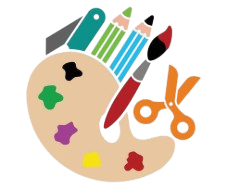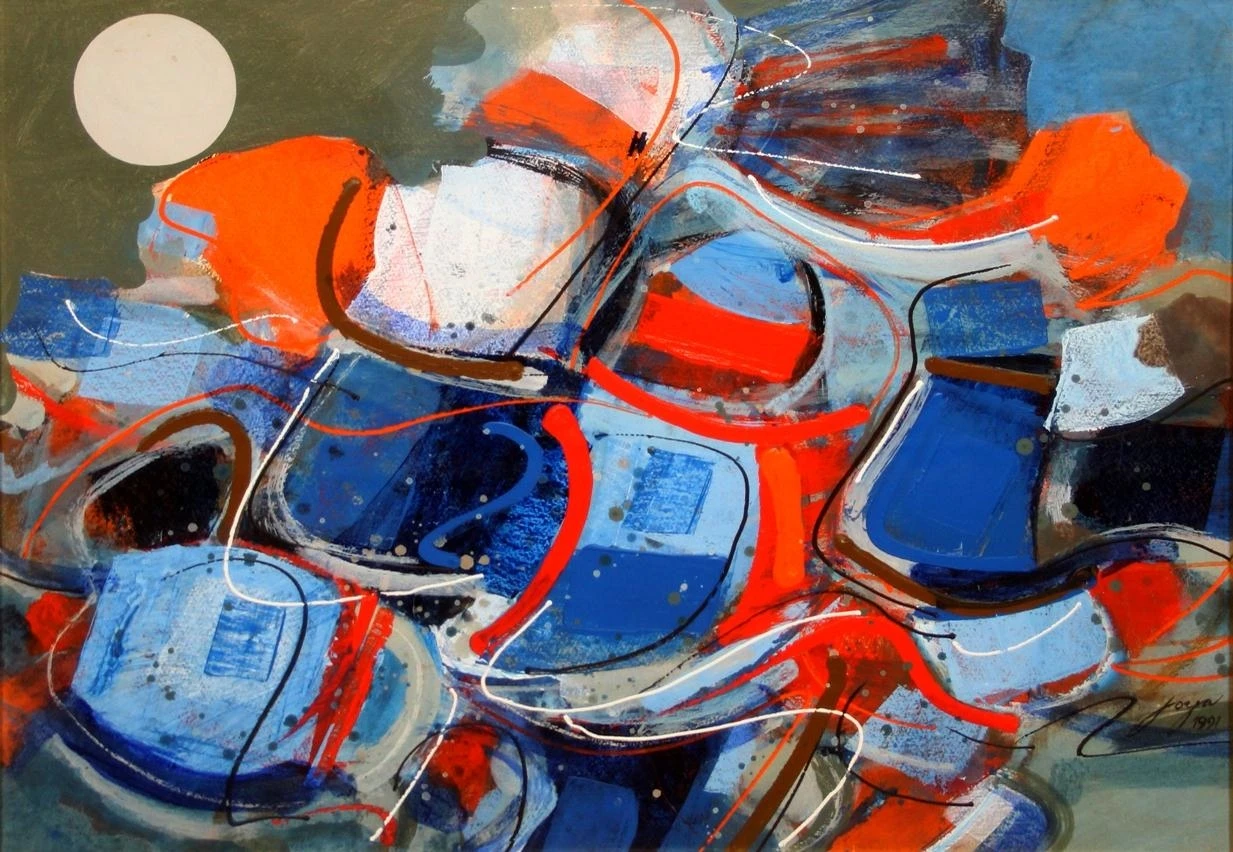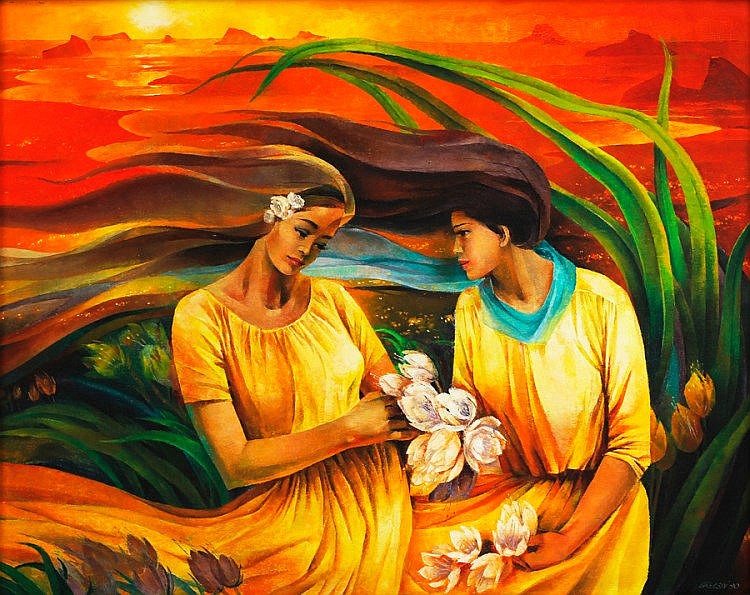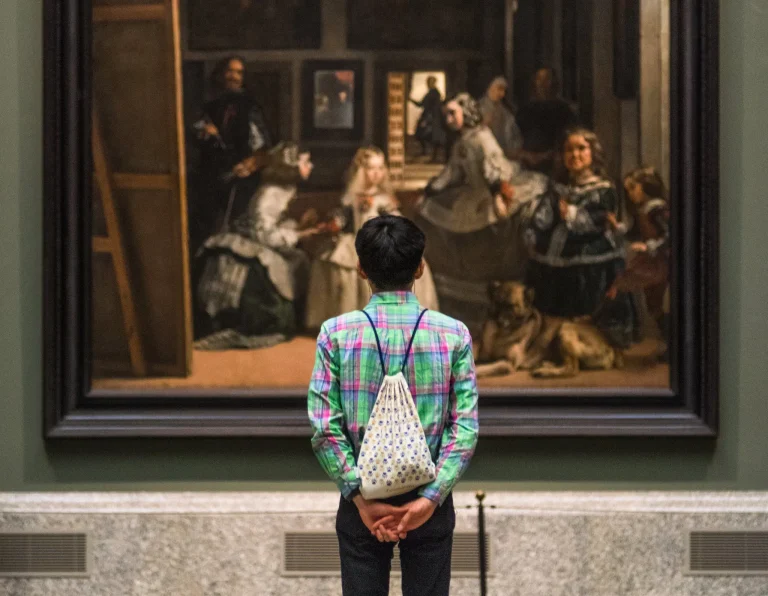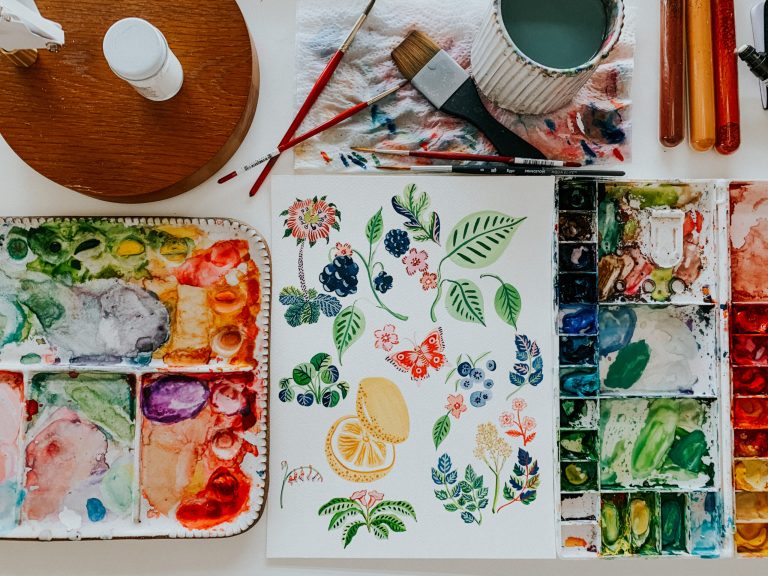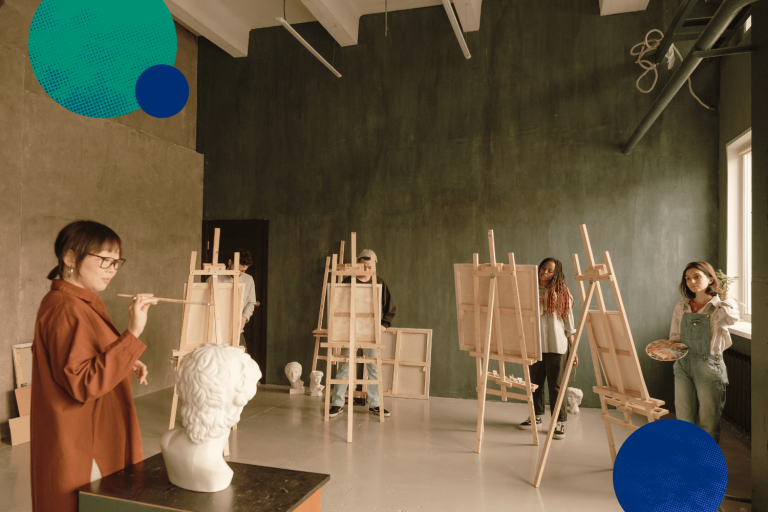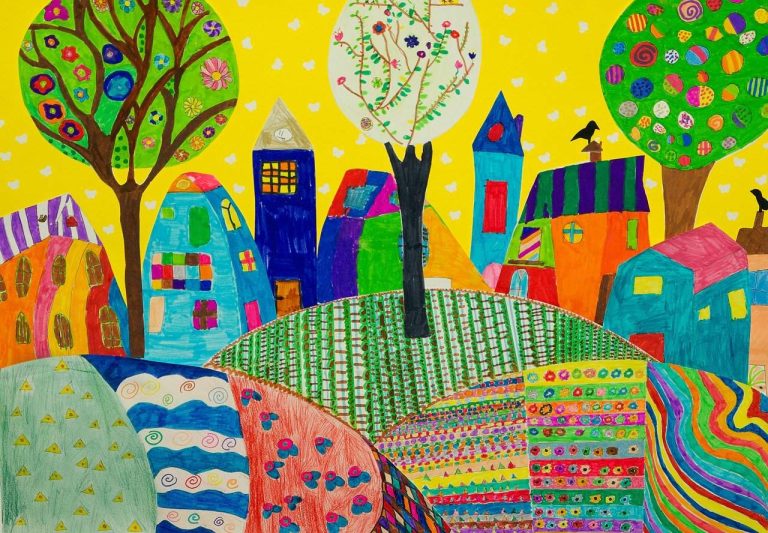How Creativity Communicates Without Words: The Language of Artworks
One of the purest forms of human expression has always been art. In ways that words frequently cannot, artworks from prehistoric cave paintings to contemporary digital installations capture feelings, tell tales, and reflect the world. No matter the medium, every work has the power to evoke wonder, provoke thought, and unite people from different cultures and eras.
A Journey Through Time
The story of artworks begins with our ancestors. Cave drawings in places like Lascaux and Altamira weren’t simply random sketches they were expressions of life, survival, and spiritual belief. As civilizations grew, so did art. Egyptian hieroglyphs combined beauty with storytelling, Greek sculptures celebrated the human form, and Renaissance paintings revealed the heights of human creativity and intellect. Each era left behind artworks that remain timeless, serving as windows into the past.
Art as Reflection of Society
Artworks are often mirrors of their times. During moments of struggle, artists use their creations to protest, resist, or highlight injustices. In times of peace and prosperity, art flourishes in celebration of beauty and innovation. Consider impressionist painters who challenged tradition by capturing fleeting moments of light, or modern street art that gives voice to communities often left unheard. Each artwork is a dialogue between the creator and the world around them.
The Power of Interpretation
One of the most fascinating aspects of artworks is interpretation. A single painting can evoke entirely different emotions in two viewers. While one might see joy, another might feel melancholy. This openness invites us to slow down, reflect, and engage with the work personally. Art doesn’t just live on the canvas it comes alive in the minds of those who experience it.
Mediums That Tell Stories
Art takes countless forms:
- Painting and Drawing – The classics, where brushstrokes and lines breathe life into ideas.
- Sculpture – Three-dimensional expressions that demand to be walked around, touched, and felt.
- Photography – A way of freezing time, capturing moments that words may fail to describe.
- Digital Art – A modern evolution that uses technology to push the boundaries of imagination.
- Performance Art – Fleeting yet powerful, often challenging our very perception of art.
Each medium brings its own voice, yet all share the same goal: to communicate.
Why We Value Artworks
Art is not just decoration it’s connection. It can inspire innovation, stir emotions, and encourage empathy. A single piece of artwork can unite people who otherwise share little in common, creating a bond through shared experience. Moreover, artworks remind us of our humanity. They are proof of creativity, resilience, and the desire to leave behind something meaningful.
Final Thoughts
Artworks are more than objects hanging in galleries or sitting in museums. They are living conversations between past and present, between the artist and the audience. They teach us, move us, and sometimes challenge us to see the world differently.
At the end of the day, art is not about having the “right” interpretation it’s about feeling. Every brushstroke, sculpture, or digital rendering is an invitation to connect with creativity itself. And in that connection, we find not only beauty but also pieces of ourselves.
